Kedarnath is one of the holiest centres of worship, accessible only by arduous trekking across Uttarakhand Himalayas. Kedarnath temple is highly religious and historical. This is a shrine that provides devotees and tourists an opportunity to explore spirituality over gorgeous mountains and valleys. It is a prime example of history that people from different corners of the world like to visit due to the scenic beauty around the temple. In this article, you will find some information about the Kedarnath temple, how to get there, the attractions in the vicinity, hotels, and much more to make your trip an unforgettable and educational one.
About Kedarnath Temple
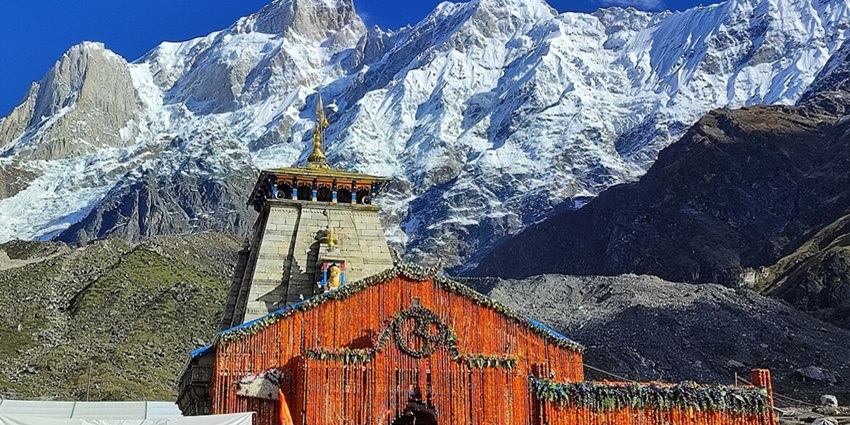
Photo: Nehasnaps0306 / Wikimedia Commons
Kedarnath is one of the twelve Jyotirlingas and is dedicated to Lord Shiva, is located in the Rudraprayag district of Uttarakhand. The temple is located at 3,583 meters above sea level which makes its history span several centuries. They say it was constructed during the epoch of Mahabharata and was restored by Adi Shankar in the 8th century. This temple is built of stones and the idol of Lord Shiva resides within the temple with snowy mountain ranges around making the temple calm and soothing for the devotees.
Suggested Read: Picnic Places In Dehradun For A Memorable Day Out
Location
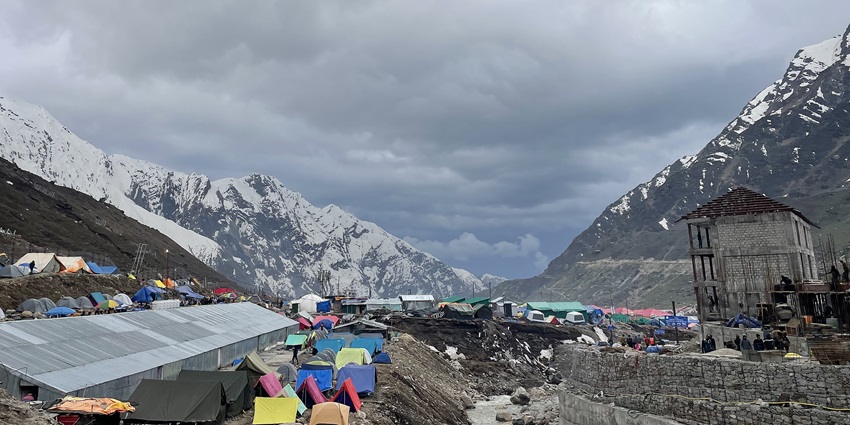
Photo: Anjalikaushal1910 / Wikimedia Commons
The Kedarnath temple is in the Garhwal region of the Hindu Himalaya in Uttarakhand, about 223 km north of Rishikesh. It is located on the banks of the Mandakini River; it is bordered by mountains – big Kedarnath peak included. The way to reach the temple is either one has to walk for nearly 12 miles from Gaurikund or hire helicopter services if available. This site may still only be reached by walking along the paths during the summer because the snow accumulates there during winter, and the temple is therefore closed for six months.
How To Reach
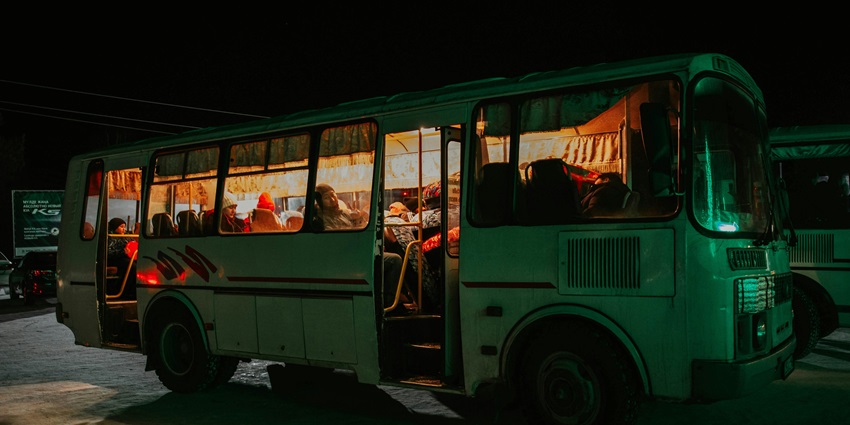
Photo: Sultan Raimosan / Pexels / Image For Representation Only
By Road: Access to Gaurikund, the starting point of the Kedarnath trek, is by road from Rishikesh or Haridwar. Transportation by bus or taxi is fairly easy to organize.
By Train: NThe Nearestrail head is at Rishikesh 223 km from Kedarnath road and from there, we have to go by road up To Gaurikund.
By Air: The nearest airport accessible to Kedarnath is at Jolly Grant in Dehradun, a distance of 238 km from Gaurikund.
By Walk: From Gaurikund; the devotees have to walk 18 kilometres to the temple but they can avail of penny or Palanquin for the journey.
Suggested Read: The Soulful Bhalu Gaad Waterfalls
Places To Visit In And Around Kedarnath Temple
Being the source of this, Kedarnath is surrounded by the delightful backdrop of the Himalayas; this area is blessed with many attractions that any traveler would be interested in visiting.
1. Gaurikund
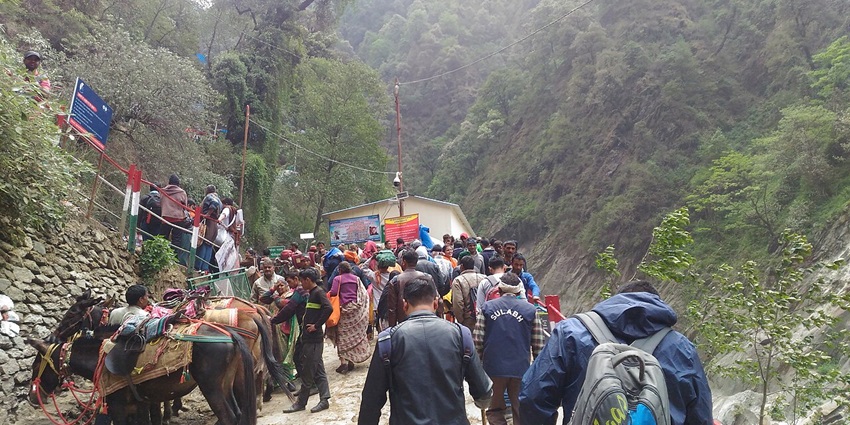
Photo: Prateek as a traveller / Wikimedia Commons
It is another holy place as well as originates from the Kedar and reaches everything considered Gaurikund. Famous for its natural hot water springs, Gaurikund provides the believer a chance to have a bath before starting their pilgrimage. The temple of Gauri here is also for Goddess Parvati, which increases its religious importance. It is situated in beautiful scenery and offers elementary amenities for the tourist’s lodging, food, shops, etc. It is a refreshing feature for people so they can wash off their fatigue and get ready for the worship tour to the Kedarnath shrine.
Timings: Open all day
Entry Fees: Free
2. Vasuki Tal
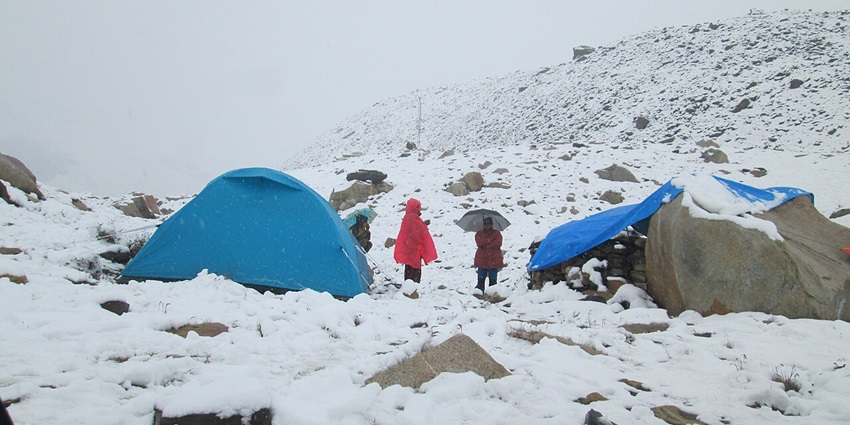
Photo: DipankarSen68 / Wikimedia Commons
Vasuki Tal is a calm glacial lake located at an altitude of 4,502 meters, approximately 5.5 miles from Kedarnath. Because this lake is quiet and has transparent waters, many trekkers and pilgrims are drawn to this place. It also gives a very beautiful sight of the Chaukhamba peak reflected on the surface of the water in the early morning and in the evening when the sky is clear the great snowy mountains can be seen. The main types of visitors are those in search of nature and its serenity and those who are seeking spiritual experience.
Timings: Open all day
Entry Fees: Free
Suggested Read: Explore The Most Popular Places To Visit Near Rishikesh For A Unique Experience
3. Triyuginarayan Temple
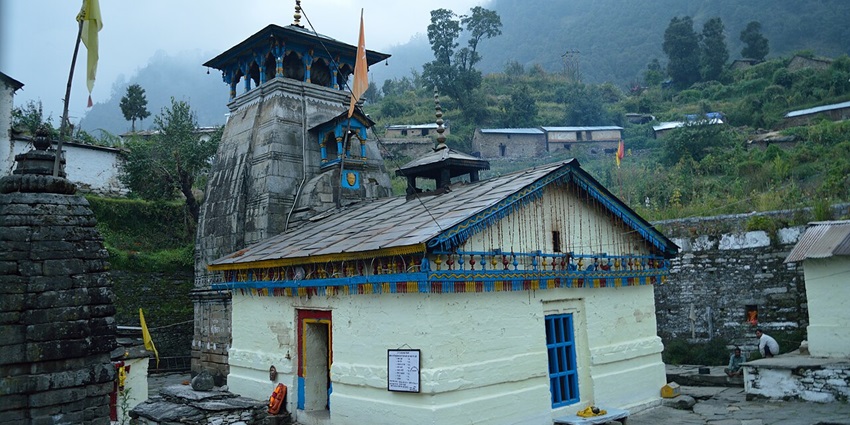
Photo: Naresh Balakrishnan / Wikimedia Commons
The temple of Triyuginarayan near Kedarnath is a very important example, as it links the marriage of lord Shiva and goddess Parvati. The temple has a flame that the family claims to have been burning at the time the couple got married. Even today, this sacred fire draws the faithful for their blessings and spiritual solace. The area surrounding the temple is subtropical forest and is greatly endowed with scenic views, which provide a perfect background for meditation. It’s past heritage as well as religious significance and breathtaking vistas of the Himalayas make this point attractive to tourists and devotees.
Timings: 6 AM – 7 PM
Entry Fees: Free
4. Bhairavnath Temple
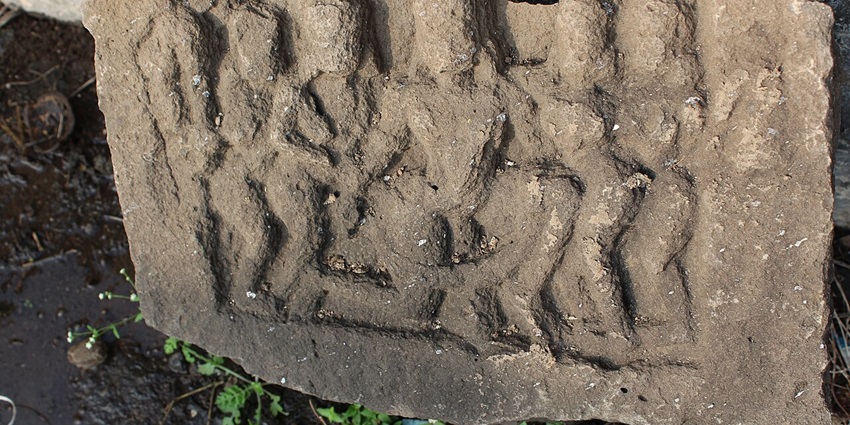
Photo: Pratishkhedekar / Wikimedia Commons / Image For Representation Only
Bhairavnath Temple is one of the famous temples of Lord Bhairav located near Kedarnath which guard the Kedarnath valley. It is also easy to access, this makes it attracts many devotees as it has awe-inspiring views of the valley and surrounding mountains. Some go to the extent of arguing that the deity Lord Bhairav guards the Kedarnath temple, especially during winter, when the region is closed due to snow. It is a beautiful and sacred place for sightseeing, and devoted visitors as this temple is the official temple for the Bhairavnath god which is known as the protector god of this area.
Timings: 6 AM – 8 PM
Entry Fees: Free
Suggested Read: Famous Street Food In Uttarakhand
5. Chorabari Tal (Gandhi Sarovar)

Photo: Bence Balla-Schottner / Unsplash / Image For Representation Only
Tal of Chorabari is a beautiful, natural lake, which is also called Gandhi Sarovar and it is situated 3 kilometres away from Kedarnath. Translated it means ‘The Lake of Seven Colors’ perhaps because of the clear waters and the stunning snow-capped mountains in the vicinity. It is also sanctity as the ash of Mahatma Gandhi was given out here for immersions. Devotees, who plan this site, have an opportunity to enjoy the natural beauty of the area as they journey towards the lake. The trek is rather enjoyable for those looking to be alone and find the beauty of nature around Kedarnath temple.
Timings: Open all day
Entry Fees: Free
Where To Stay
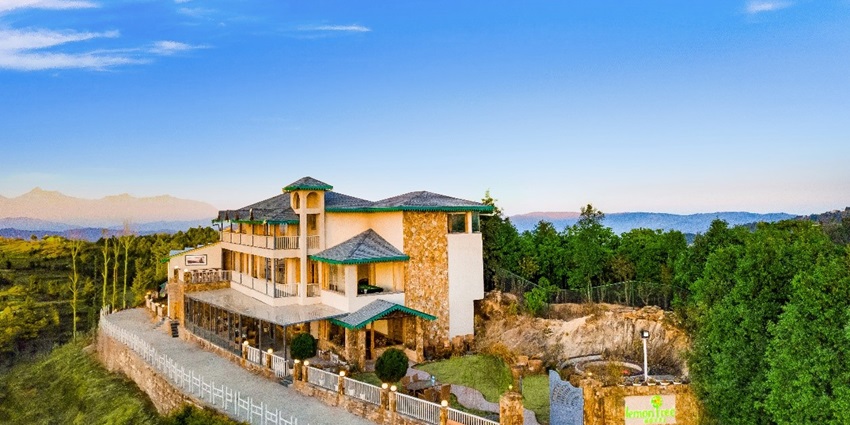
Photo: Lemon Tree Hotel Team / Wikimedia Commons / Image For Representation Only
Accommodation in Kedarnath is however not very luxurious; but has lodges for the budget traveler and government-run restaurants and guest houses. There are many lodges on the ground of the temple base in Gaurikund, here as one can start the trek. There are also cheaper bars and shops, guesthouses, and Material houses in Phata, Guptkashi, and Sonprayag. Pilgrims are encouraged to arrange their places from May to June or from September to October since it is the busy season.
Suggested Read: Scenic Places To Visit Near Dehradun Within 200 Kilometres
Where To Eat

Photo: Olya P / Unsplash / Image For Representation Only
Cafes, restaurants, and shops around Kedarnath temple include a few small running dhaba and restaurants that sell vegetarian food as NON-VEGETARIAN food is prohibited in Kedarnath. Tasty and light real North Indian and local food items are available near the temple, so the pilgrims can eat. Its popular foods are rice, dal, rotis, and other snacks. Some eating places and stalls are opened during the special months of the temple to cater to the needs of the pilgrims after running many kilometres.
Best Time To Visit
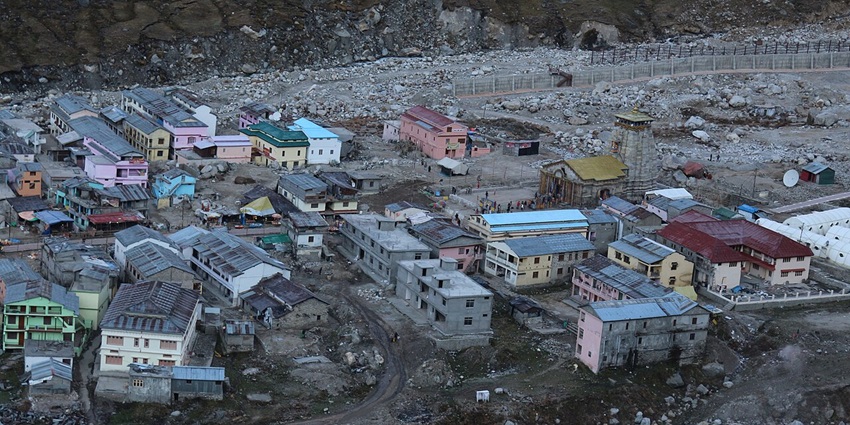
Photo: ArmouredCyborg / Wikimedia Commons
It is best to visit Kedarnath temple during May and June and then from September to October when the climate is comparatively better and the track is also fine for trekking. For these months, the atmosphere is clear, and the temperatures moderate while on the belts, making the pilgrimage comfortable. The temple remains shut from November to April because of the snow, and the deity is shifted to Ukhimath. Contracts are made well in advance when demand is high and hence minimize any hitches and make the pilgrimage all the more enjoyable.
Suggested Read: Nanda Devi Wildlife Sanctuary
Other Factors To Consider

Photo: Glenn Carstens-Peters / Unsplash / Image For Representation Only
Average Cost: The cost may sometimes differ, and hotel and food charges are relatively lesser around Kedarnath.
Tips For Travellers: Pack warm clothing, make prior arrangements for accommodation, and carry photo identification to bypass the security measures. It also often rains, or at least threatens to do so, so ponchos or rain jackets are also useful. It is advised that one should chew food for the trek and should use a water bottle for the trek, which means that one should carry some snacks for the trek.
Kedarnath is not just an abode of gods and an important pilgrim centre but a surviving testimony to the country’s rich past, its history, and its beautiful landscape. It is advisable to plan for a trip in order to avoid many hitches, and this guide provides you with all the requirements for a wonderful trip to Kedarnath temple. Ready to explore Kedarnath? If you would like to go on a memorable adventure through the hills to unveil the unseen part of Uttarakhand, then book your next trip with TripXL.
Cover Photo: Shivam Kumar 766 / Wikimedia Commons


 WhatsApp
WhatsApp
 Twitter
Twitter









